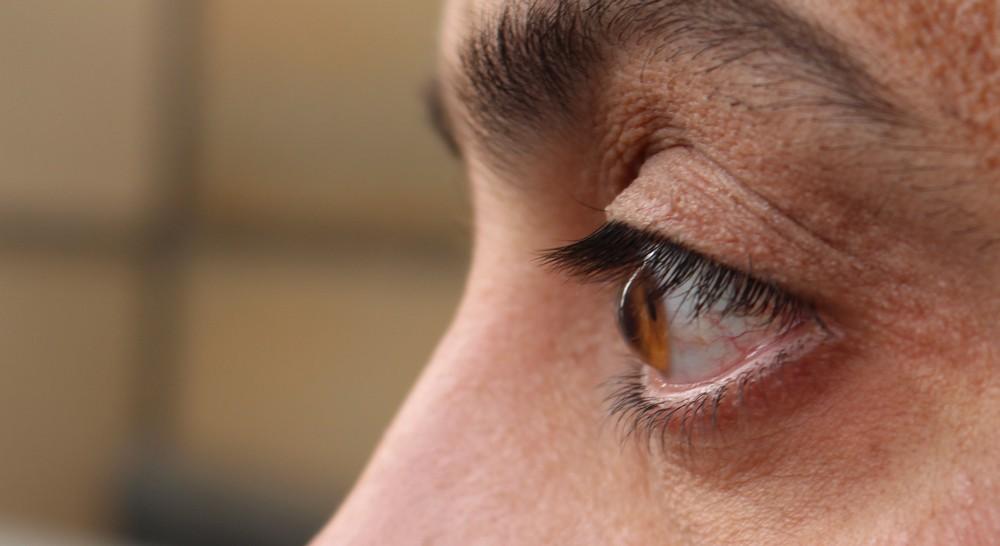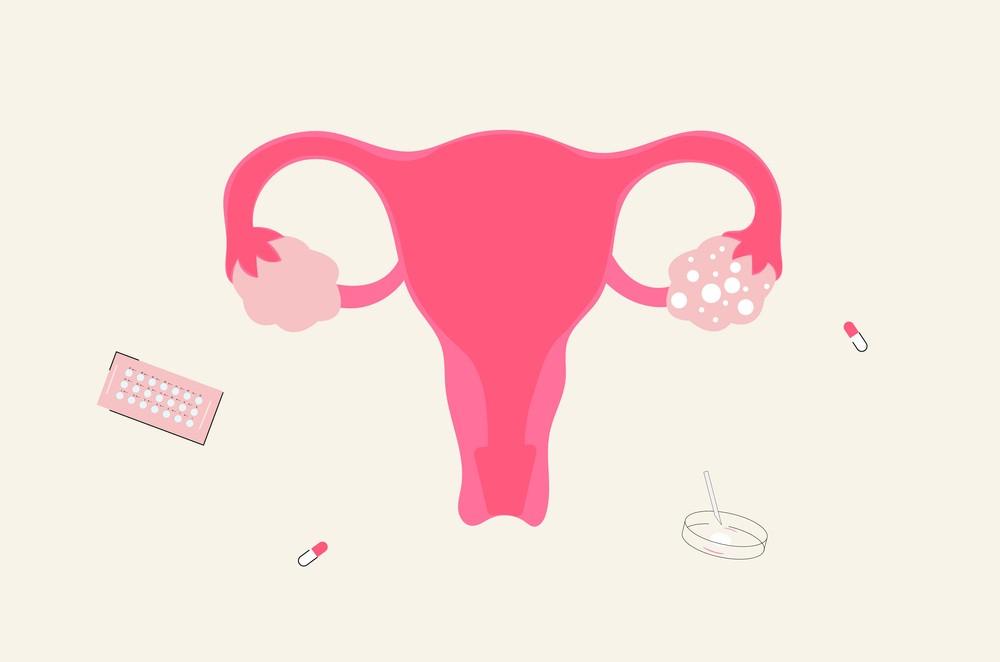
5 minute read
Pronobesh Bhattacharya, semester II
Snakes and Human Life
Pronobesh Bhattacharya, semester II
Advertisement
Snakes, a word which generates a frightening feeling in our mind because, we often hear the death reports caused by snake biting, for this only reason people (mainly in village) kill snakes whenever they see it and for that reason many species like Golden tree snake (Crysopela ornata) as well as our whole eco system is in great danger.
So, we should let the common people know about the difference between venomous and non-venomous snakes and also try to prohibit killing snakes. Basically snakes are not harmful for human being until they are hurt. They like to live near the human’s habitat as their preys such as rodents, frogs etc. live at the same place. Page 42
There are more than 3000 species of snakes in the world. These are divided into 3 categories according to their venom intensity: • Venomous • Semi-venomous • Non-venomous
Here we are going to differentiate between venomous and non-venomous snakes:
Features Venomous Snakes Non-Venomous Snakes
Head shape Triangular and widen with thinner neck ‘U’ shaped
Pits Venomous snakes specially the pit vipers has pits on their head They don’t have it
Pupils
Oval or rod like structures Round shaped
Fangs They have 2 special teeth called fangs, which are connected to the venom gland They don’t have it
Colour They are very colourful, some of them have geometric shapes on whole body Specially have a solid matte colour on whole body
Biting scars Mainly seen 2 punctures made by animal fangs Several wounds are seen

Fangs

Difference of head shapes & pupil in venomous and non-venomous snakes
Venomous Snakes in India
India has seen an estimated 12 lakh snake bite deaths during 2000-2019 at an average of 58000 per year which is highest in the world. In India, there are near about 40-50 species of venomous snakes. Among them, 8 are very dangerous for human being and for those species’ bite, most of the death cases happen in India. Those species are:
Name Characteristics Venom type & mortality Mainly seen in (Indian regions) Habitat
Spectacled Cobra (Naja naja)
It has hood like other cobras but on that a spectacle like structure is present. An adult can grow up to 5ft. Neurotoxin; after being bitten by this species, only 5-6 hours in hand. All over India, specially in the field area of West Bengal, Odissa,Assam etc.
Grass land, cultivation field vicinity of water land.
Monocled Cobra (Naja kaouthia)
It has hood like other cobras but on that a circular structure is present. An adult can grow up to 4.5-5ft. Neurotoxin. After being bitten by this species less than 12 hours in hand. North-East India and Odissa regions Specially in waterland
Common Krait
(Bungarus caeruleus) Dorsal body is glossy jet black or blueish black with milky white bands across the body. Larger hexagonal scales along vertebra sometimes double white bands are seen.
A kind of neurotoxin called betabungarotoxin; 8-12 hours in hand after being bitten by this species. Sindh to West Bengal and throughout South India
Fields, low scrub jungle to settled area
Banded Krait
(Bungarus fasciatus) Alternate black and yellow cross bands are present in whole body and its body cross section is triangular. Neurotoxin - only 12 hours in hand after being bitten. North, Central and NorthEastern India Dense forest and agricultural land
Russell’s Viper
(Vipera russelli) Head is triangular with a ‘v’ shaped white line meeting at the tip of the snout. The dorsal surface is brown and has 3 longitudinal rows of circular or oval shaped dark markings. Hematotoxin after being bitten by this species only 12-24 hours in hand. West and East part of India Mostly found in open, grassy or bushy areas, but may also be found in second growth forests (scrub jungles), on forested plantations and farmland.
King Cobra
(Ophiophagus hannah) Presence of a pair of large scales and whole body can be yellowish, greenish, blackish or brownish with white stripes and can stand on it’s vertebra near about 4ft and adults can grow up to 16ft. Neurotoxin; after being bitten by this specie only 46 hours in hand. Throughout the India especially North-east and South India Dense forest area, bamboo thickets, dense mangrove swamps

King Cobra Russel Viper Banded Krait





Common Krait Monocled Cobra Spectacled Cobra
Some notable species of snakes seen in India
Some extra facts about snakes’ venom:
What is in snake anti venom?
Snake antivenom (also known as antivenin, antivenene, and antisnakebite serum) is the concentrated enzyme-refined immunoglobulin of animals, usually horses or sheep, that have been exposed to venom.
How anti-venom is made?
Antivenom is traditionally made by collecting venom from the relevant animal and injecting small amounts of it into a domestic animal. The antibodies that form are then collected from the domestic animal's blood and purified. Versions are available for spider bites, snake bites, fish stings, and scorpion stings.
How does antivenom neutralise venom?
Antivenom (often spelled “antivenin”) is an antibody product that can disable a particular venom's toxins. If injected quickly after a bite or sting, the antibodies in antivenom neutralize the venom, potentially saving the victim's life or limb.
Do’s and Don’ts for prevention from snakes:
✔ We should not use phenol or carbolic acid for getting rid of snakes as the phenol’s molecule causes a huge damage in snake’s respiratory system and often snakes die of it and the ecological balance breaks down. ✔ At the rural side people often kill snakes whenever they see it and for this the ecological balance is disrupted. ✔ We should keep our surroundings clean.
References:
• Snakes of India by Romulus Whitaker • Snakes (field guide) by Neelimkumar khaire







